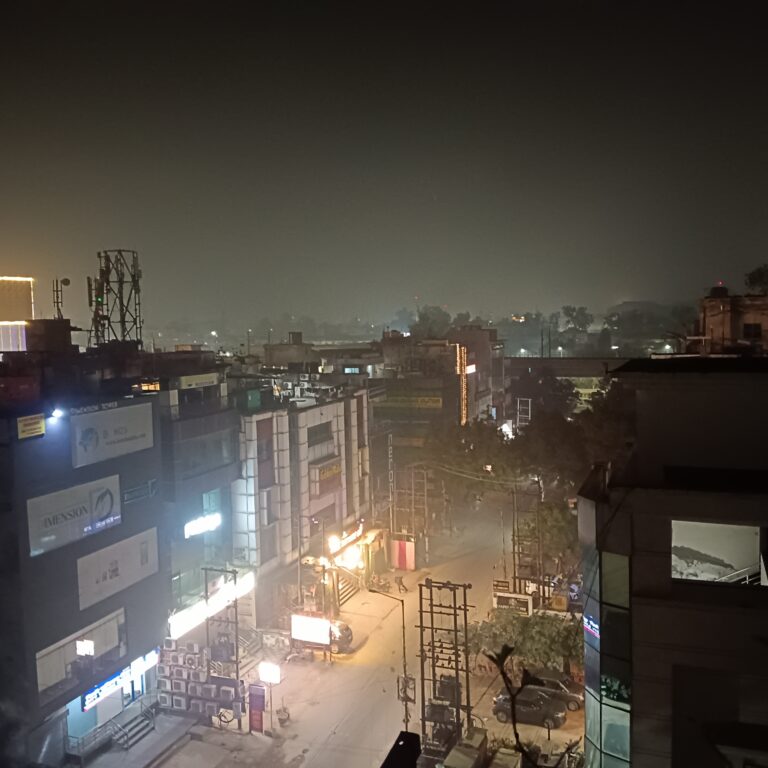
New Delhi: The Election Commission of India (ECI) today published its final delimitation order for the Assembly and Parliamentary Constituencies of Assam, and in its final order revised the existing nomenclature of 19 Assembly Constituencies and one Parliamentary Constituency in the state.
The number of Assembly seats has been retained at 126 and Lok Sabha seats at 14 in Assam. 19 Assembly Constituencies and two Parliamentary Constituencies have been reserved for Scheduled Tribes (STs), while 9 Assembly Constituencies and one Parliamentary Constituency have been reserved for Scheduled Castes (SCs).
The ECI referred to Articles 170 and 82 that laid down that the number of seats in the Legislative Assembly of each State and the allocation of seats in the House of the People to the States shall not be altered until the relevant figures for the first census taken after the year 2026 have been published. Reservation of constituencies for Scheduled Castes and Scheduled Tribes has been done on the basis of the provisions laid down in Articles 330 and 332 of the Constitution of India.
It said all Assembly and Parliamentary Constituencies in the State have been delimited based on the 2001 Census as provided in Article 170 and Article 82 of the Constitution, adding that only the census figures of 2001, as published by the Census Commissioner, were thus considered for this purpose.
A total of 1222 representations received were considered by the ECI before finalising the proposal and 45% of the suggestions/objections received were addressed in the final order as provided for in Section 8-A of the Representation of the People Act, 1950.
Renaming of certain ACs and PCs
After considering representations, the Commission in the final order revised the existing nomenclature of 19 Assembly Constituencies and one Parliamentary Constituency as given in the table below.

One Parliamentary and some Assembly Constituencies get paired names such as Darrang-Udalgiri, Hajo- Sualkuchi, Boko-Chaygaon, Nagaon- Batadraba, Bhowanipur- Sorbhog, Algapur- Katlichera, “in view of the demand from members of the public”.
Some salient features:
- SC assembly seats have increased from 8 to 9; ST assembly seats have increased from 16 to 19
- Increase of 01 assembly seat in Autonomous districts in West Karbi Anglong District
- Increase of Assembly Constituencies (ACs) in Bodoland districts from 11 to 15
- Retaining Diphu and Kokrajhar Parliamentary seats reserved for ST
- Continuing Lakhimpur Parliamentary seat as unreserved;
- 01 unreserved AC in Dhemaji district
- 01 Parliamentary seat namely ‘Diphu’ reserved for ST which comprises 06 ACs of 03 Autonomous districts
- 02 Parliamentary seats were given to the Barak Valley districts i.e., Cachar, Hailakandi and Karimganj districts
- 01 Parliamentary seat is named ‘Kaziranga’, while 01 Assembly Constituency is named ‘Manas’
- The lowest administrative unit has been taken as a ‘Village’ in rural areas and a ‘Ward’ in urban areas. Accordingly, the village and ward have been kept intact and have not been broken anywhere in the State. The proposal has been prepared based on administrative units of development i.e., Development Blocks, Panchayats (VCDC in BTAD) and villages in rural areas and Municipal Boards, Wards in urban areas
It may be mentioned that the delimitation of the Assembly and Parliamentary seats in the State of Assam was last carried out in 1976 based on the 1971 census. ECI said the procedure for the delimitation process has been followed as laid down in the relevant laws viz. Section 8 A of the Representation of People’s Act, 1950, read with Section 9 (1) (c) and (d) of the Delimitation Act, 2002 (33 of 2002), Article 82, 170, 330 and 332 of the Constitution of India.
– global bihari bureau





